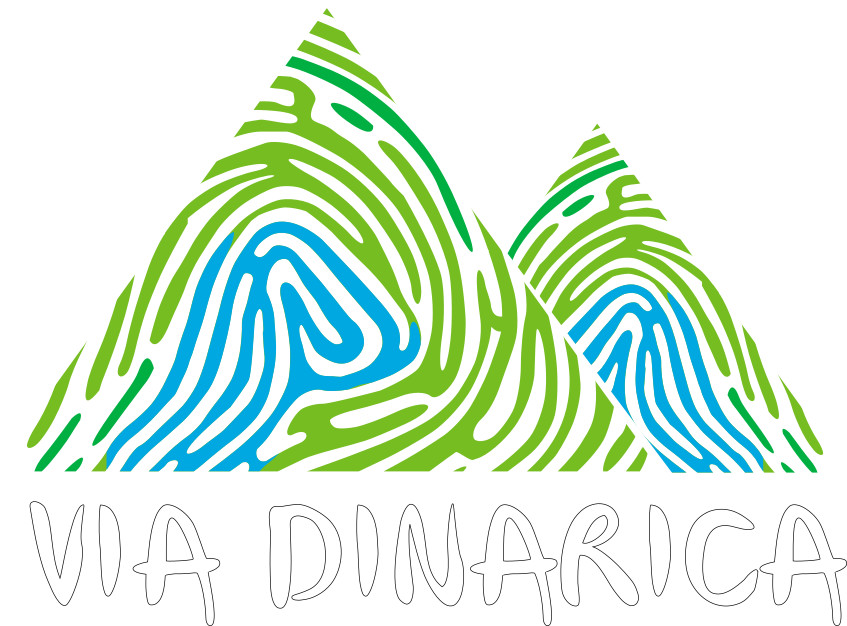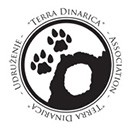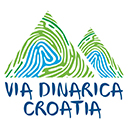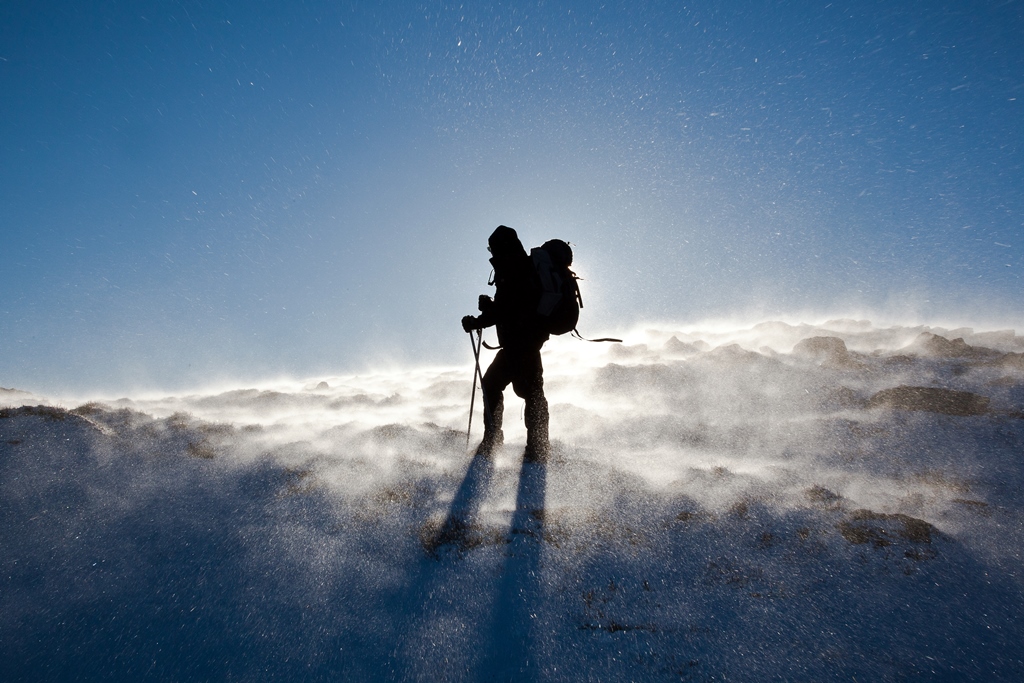
It is a kind of local truism in Bosnia-Herzegovina [see note] that “mountaineers are the most positive people.” This is no banal statement in a society that has been struggling to rebuild itself economically and socially for nearly two decades, and where many people understandably feel fatalistic and resigned. In a country of 3.8 million, there are thousands of mountaineers of all ages and social groups—at least 10,500 of them are registered members of the nearly 200 local mountaineering clubs, and many more hikers and rock climbers have no formal affiliation to clubs. The mountaineering ethos of positivity here represents a political and cultural statement that carries the torch of past traditions otherwise compromised by war and economic transition.
Through the story of Bosnian mountaineering, an alternative mini-history of Bosnia emerges—one that illuminates a group of people who, together, have been quietly resisting the dehumanizing effects of nationalist politics since the end of the war in 1995. Their narrative of hope also brings to light many of the everyday problems Bosnians are facing today, and points to new initiatives, which are responding to some of those issues.
The Past: Mountaineering in the age of Brotherhood and Unity
When most people think of Bosnia-Herzegovina, they immediately think of war, but there is much more to Bosnia than tragedy and conflict. It’s also an increasingly popular tourist destination. The country’s striking natural beauty has drawn travelers to the area for over a hundred years. Bosnia’s terrain is nearly 84 percent hilly or mountainous, and 60 percent is above an altitude of 2,296 FASL. Its copious fresh waters are some of the cleanest in Europe. And it has a mix of continental, alpine, and Mediterranean climates that supports an abundance of biodiversity, endemic species, and picturesque, almost magical landscapes.
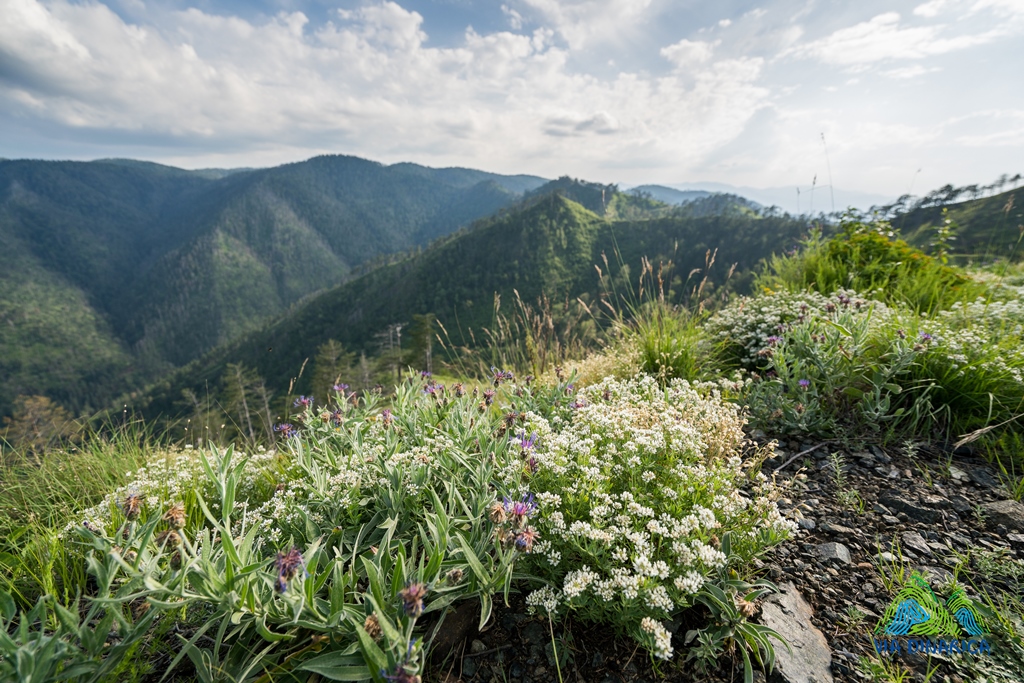
As far back as the late 19th century, when the Austro-Hungarian Empire took control of the territory from the Ottomans, Western European travelers, enthusiastic about Bosnia’s pristine natural beauty and fascinated by the country’s “Eastern” aspects, began to document their trips. Today, the Sarajevo Historical Archives abounds with late 19th- and early 20th-century German- and French-language travel guides to Bosnia, which feature the mountains and highland communities.
With Western European influence, from the late 19th century to the period between the first and second World Wars, the tradition of mountaineering as a sport in Bosnia began to take shape, mainly through the formation of local sports clubs. When Bosnia became a part of socialist Yugoslavia during the aftermath of World War II, mountaineering became further entrenched as an important local tradition. Sports, including hiking, were promoted and many activities were subsidized by the state.
In that period, a mountaineering association was created in each of the state’s republics, including Bosnia-Herzegovina. The associations served as organizing bodies for local mountaineering clubs, which were typically financially sponsored by Yugoslavia’s worker-owned companies. For example, in Sarajevo, the capital of Bosnia-Herzegovina, the mountaineering club “Energoinvest” bears the name of its sponsor—an energy company founded in 1951. Many of Bosnia’s mountaineering clubs today still bear the names they adopted when they were formed during the socialist period.
Braco Babić, 62, lives in Sarajevo and has been mountaineering since he was a child. He has fond memories of the mountaineering excursions that shaped his youth as a scout, and turned him into a lifelong mountaineer, mountain guide, naturalist, and citizen historian who has fastidiously documented Bosnia’s mountains and mountaineering culture in dozens of books, reports, and diaries.
“Before the war [in socialist Yugoslavia], we had a whole mountaineering movement with a great number of members, and an affluent society in the material and financial sense,’’ he says. “People were employed and they worked in factories, firms, and offices. Workers, clerks, school kids, and university students spent their weekends and holidays in the mountains. In those days, mountaineering was a popular form of recreation and socializing in nature.’’
Another mountaineer, Branislav Popović, 51, lives in East Sarajevo, which lies in Republika Srpska (RS). He remembers the pre-war period as a time when people, including mountaineers, didn’t pay attention to the ethnicity of their co-citizens. “Before the war, [ethnicity] absolutely was not something people looked at. We all mountaineered together.’’
“Brotherhood and unity,” was the popular slogan of socialist Yugoslavia, and this ethos penetrated the educational system, the workforce, and common life—including mountaineering clubs. As Popović suggests, it was considered backwards to assess one’s co-citizens through the lens of ethnicity or religion. Bosnia-Herzegovina was the most diverse of all the former Yugoslav republics. There, as elsewhere in Yugoslavia, all citizens—whether Serb, Muslim/Bosniak, Croat, or other—were first and foremost Yugoslavs.
The rise of ethnic nationalism and subsequent civil wars in Yugoslavia in the 1990s changed this. In Bosnia-Herzegovina, the consequences and the violence were the most severe, due in part to the pre-existing social diversity of the country and the intermixing of people both geographically and by marriage. Since the 1995 Dayton Accords, a peace agreement that led to the partitioning of the territory along ethnic lines, Bosnia-Herzegovina has been composed of two autonomous entities: the Federation and the Republika Srpska, plus an additional Brčko District.
The Present: Mountaineering as a Subculture
While Dayton brought peace, it has led to nearly two decades of political deadlock that has impeded post-war social and economic recovery. And politics in contemporary Bosnia has not shed its ethno-nationalist elements, often exploiting citizens’ emotions about the war. In general, people have far fewer opportunities than before the war to meaningfully interact with co-citizens of other ethnicities.
Mountaineers, however, are a notable exception to this predicament. According to Babić, “mountaineers were the first people who came together after the war. Since many of the battles were fought in the mountains, mountaineers who fought on all sides immediately cooperated with one another to exchange information about the location of landmines in the mountains.’’
In contrast to the single mountaineering association that existed in the socialist period, there are now three mountaineering associations in Bosnia-Herzegovina, reflecting the geopolitical realities of the country. Although there are ongoing debates within and between the associations about policies and the potential formation of a single association, relations both between the associations and between the club members are generally positive, and members regularly engage with one another in various ways.
Popović says, “Mountaineers—in the mountains and in everyday life—defy [the political situation] by socializing and cooperating together. The group I mountaineer with is mixed and I am proud of that!”
Luka Mandić, 32, is a member of a mountaineering club, which falls under the jurisdiction of the Mountaineering Association Herceg-Bosna, largely defined by its Croatian character. He lives in Mostar—a city often described as bitterly ethnically divided. His experience mountaineering portrays another picture. “I personally mountaineer with members of mountaineering clubs which are not Croatian, and so do others. There aren’t any problems [between us]. We don’t talk about politics, because everyone has a cemented opinion and it doesn’t make sense to engage in debate,’’ he says.
It is not simply that mountaineers hike and climb together on the weekends. The nature of their activities means that they sleep in the same mountain huts, share meals, drinks, and coffee, deliver first aid to one another, plan routes and maps together, and guide one another. Sometimes they travel together to climb mountains in foreign countries. In the process, they become acquainted as human beings. This is true for both women and men, as women represent a significant and highly active portion of the mountaineering population.
Although mountaineering thrives in Bosnia today, the tradition has also suffered in the post-war period. Babić says,
“The consequences of war are still felt in mountaineering. Many mountaineering lodges, huts, and shelters are still ruined. Some of those buildings were destroyed despite the fact that they were far away from the front lines. Many hiking trails are [still] mined. Demining them is third on the list of [demining] priorities, and it will be a long time until they are all removed. It is necessary to once again again reconstruct [mountain] buildings from the ashes. It would be difficult even for much richer countries to deal with this [level of damage].”
In addition to physical damages, the economy is grim. Unemployment is estimated to stand at around 40 percent, not including those working in the grey economy. Babić adds, “From the social aspect, it is difficult to re-establish the mountaineering movement here to the state is was before the war. Now [at least] half a million people are registered at the unemployment bureau, people are without work, they don’t have money [for basic living expenses], let alone for recreation in the mountains. Before the war, mountain lodges and huts were so full on the weekends, that you had to call in advance to reserve a space. Nowadays, you are lucky if you run into a couple people there.’’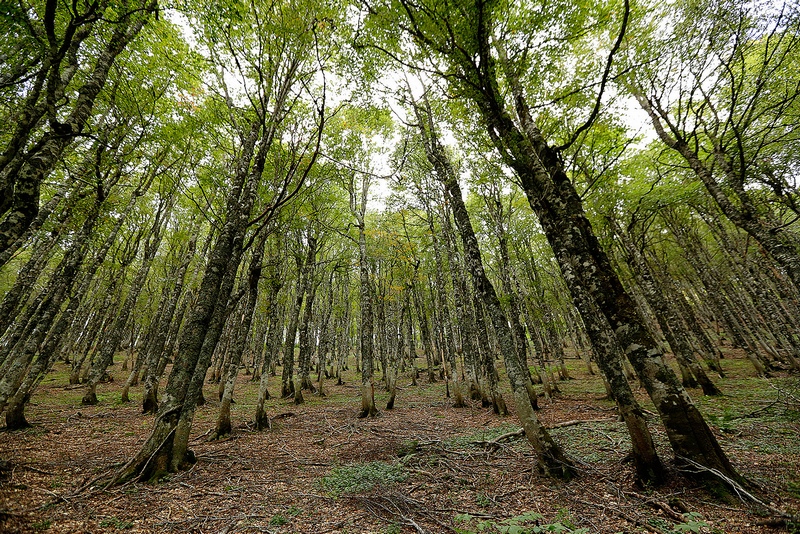
Bosnia’s mountaineering clubs regularly offer group excursions within the country at a price of somewhere between five and ten euros per day trip. Included in this amount is transportation in a van or bus and an experienced guide. To this sum, one has to add the cost of food for the day and basic gear such as boots, a backpack, and a waterproof jacket, which are essential for rough terrain. While this may be relatively cheap in comparison with prices elsewhere in Europe, it is not an insignificant amount for someone earning Bosnia’s average salary of approximately 400 euros per month—still less for those collecting the mere 175 euros that constitute an average monthly pension from the state.
In a population wounded on many levels, access to nature and sport may have more than one positive consequence. Mountaineers often describe hiking as necessary for their mental and emotional health. Mladen Lukić, 36, was president of Javorina Mountaineering Club, based in Pale (a part of the Republika Srpska) for 12 years. He says, “I feel closer to God when I walk up. The height and the peace of the mountain environment helps me to bring my thoughts together and better understand the world we live in. The mountain heals me somehow.”
But those unable to mountaineer because of economic circumstances are not only excluded from those benefits—they are also excluded from the social advantages of this activity. Lukić adds, “The relationship between people in mountaineering clubs is a little bit brighter than that of politics, mainly thanks to a few people who, beside their life as mountaineers, were great human beings who gave their love to any person in the mountains who decided to share in mountaineering with them, without prejudice in terms of religion, nationality [ethnicity], profession, way of thinking, dressing, walking, [etc.]…
The Future: Mountaineering in an Age of Climate Change and Natural Resource Exploitation
The fact that a significant portion of the population does not have disposable income is a hindrance to the growth of mountaineering as a social movement, and prevents locals from enjoying their own country’s greatest asset—the beautiful nature with which they are surrounded.
Yet, alongside most citizens’ gloomy financial reality, the sustainable and outdoor tourism sectors in Bosnia are growing and some see their continued advancement as integral to the realization of a more viable economy in the country. Already, some mountaineers have found employment leading hiking trips and outdoors excursions for locals, tourists, and diaspora. In 2013, a group of Bosnian mountaineers launched an initiative called Via Dinarica, which aims to connect, promote, and develop the local communities, small businesses, and trails of the Dinaric Alps—the regional mountain range of which the Bosnian mountains are part. According to their website, it is modeled on the Via Alpina in the European Union, and “promotes [mountaineering and] tourism for the purpose of economic development of the region, while preserving the environment and respecting the sociocultural diversity and authenticity of local communities.”
Via Dinarica’s vision of sustainability comes at a time when Bosnia-Herzegovina’s precious natural resources are increasingly under threat as a result of climate change and natural resource exploitation, particularly due to an increase in hydroelectric dams, illegal logging, shady privatization deals, and poorly planned development. A combination of factors led to the country being in a state of emergency several times last year due to flash flooding and landslides, with erosion caused by reckless logging having contributed to the problem.
However, given all the other problems in Bosnia, many locals view sustainability as a low priority—even if it may be in their best interest to protect resources for the future. Luka Mandić says, “environmental protection is a marginal theme [here] and people don’t give it serious attention. This is no surprise, because the state doesn’t care about people, let alone about the environment.’’
This attitude is most visible in the early spring, when the sight of Bosnia’s gushing, sparkling rivers is marred by innumerable plastic bags tangled in bare trees and bushes along the river banks. Most mountaineers are nature lovers, and, at least in theory, adhere to a “leave no trace” policy. Even so, the mountaineering movement has only minimally responded to the environmental threats which pose a risk to the mountains, the way of life so precious to them, and the future of their country.
“Mountaineering and the ecological movement have never been in a close relationship,’’ Popović laments. “That’s a mistake of [the previous] and [the current] system. It is even more pronounced now, because little has been done to protect the environment. Mountaineers are a great minority in [environmental protection] although most of them care for nature. We [mountaineers] go to nature in order to admire it, and careless excursionists destroy it. Although nature protection laws exist, they are poorly implemented. But this is just our reality.’’
However, things may be slowly changing. Emina Šunje, 27, is a dedicated mountaineer and conservation biologist from Sarajevo.
“The question of ecology and nature preservation has been present in the past few years,’’ she says. “I know a lot of mountaineers from both entities who, without any interest in earning money, have gone into ‘battle’ with the state to preserve certain areas, preventing the building of hydro-electric power plants, quarries, and so on. Many of them are active in public debates which affect nature preservation… [M]ountaineers and other activists in the Republika Srpska and Federation have, in the past two years, managed to stop the building of hydroelectric power plants at Sutjeska and the Ljuta Canyon.’’
Babić is also optimistic. “[In August], Vranica Mountaineering Club led a [volunteer] action to clean Prokoško Lake on Mount Vranica. People were amazed at what the divers pulled to the surface of the water. Three trucks were needed to drag it all away to the garbage dump!’’
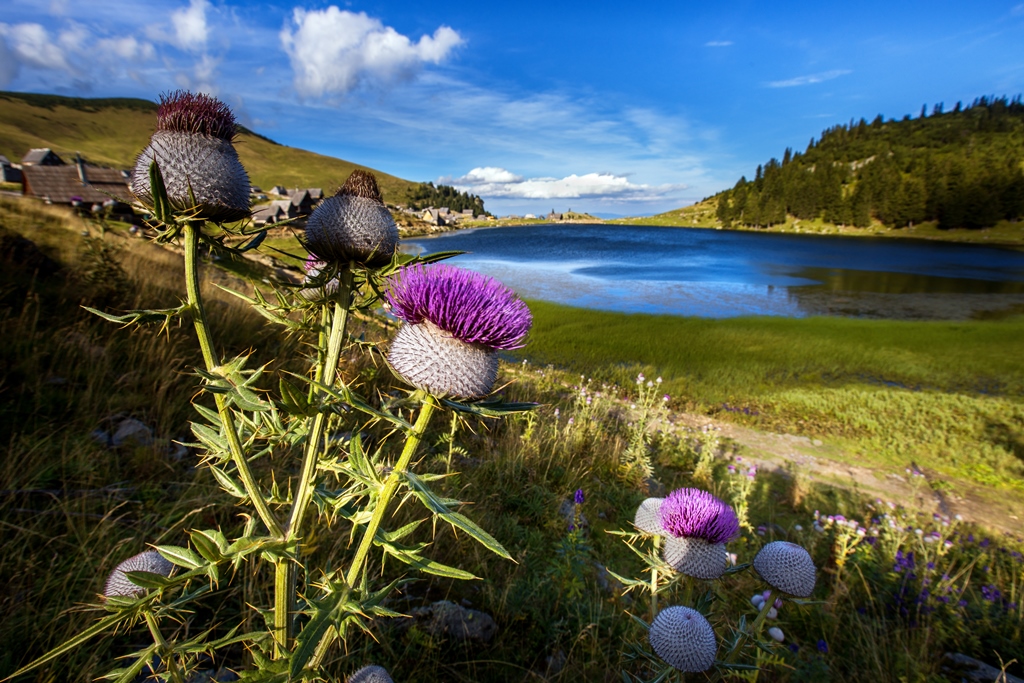
For years, the existence of three separate mountaineering associations have impeded joint efforts to apply for certain types of funding and to participate in international activities as a united group. However, this may be changing. Babić confirms that there have been ongoing talks about reinstating a single, common mountaineering association. According to him, it seems likely that this may be accomplished by the middle of the year, pending results of negotiations.
To date, mountaineers have overcome problems such landmines and poor political relations, and their culture has preserved a humanistic tradition that the war nearly destroyed. Although mountaineers need not be overly idealized, the history of mountaineering in Bosnia-Herzegovina, plus the energy and perspective of younger mountaineers like Emina Šunje and those active in Via Dinarica, provides reason to believe that they could also come to play an increasingly important role in the environmental and sustainability movements.
